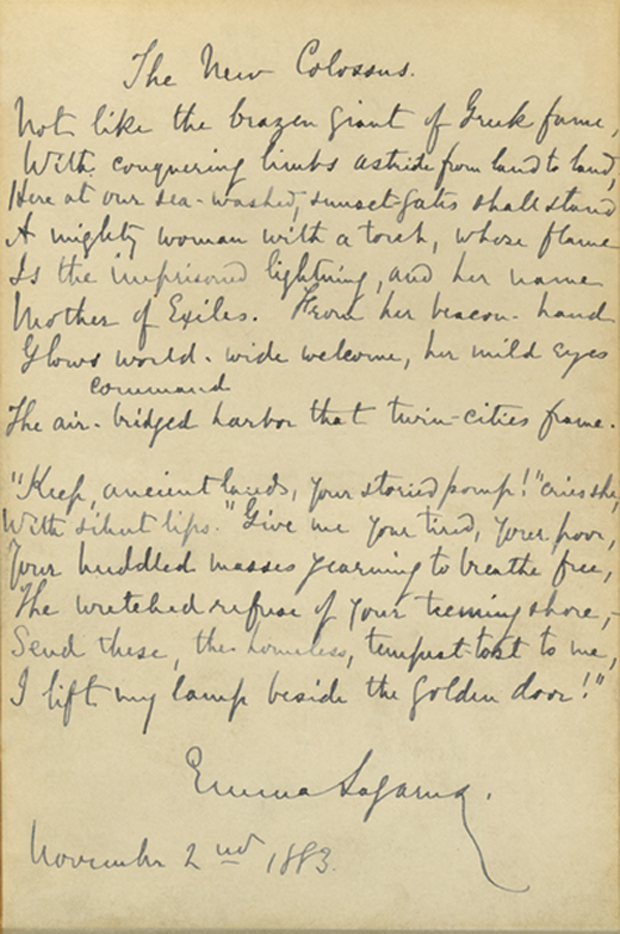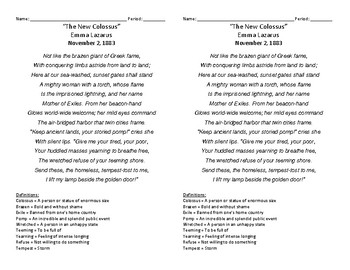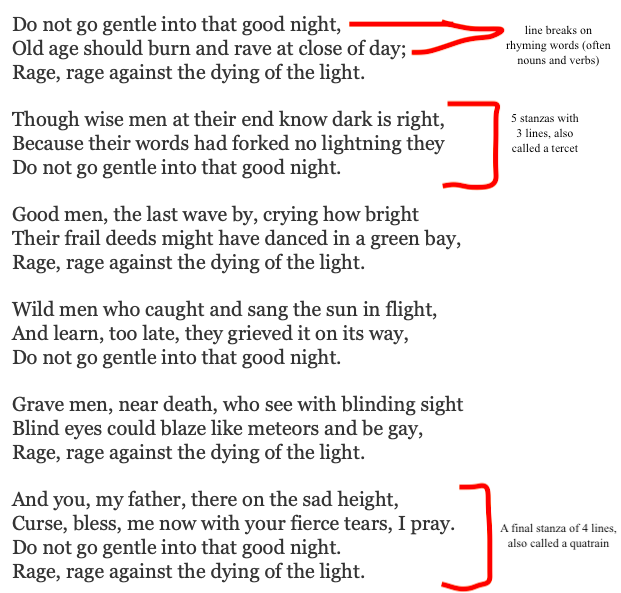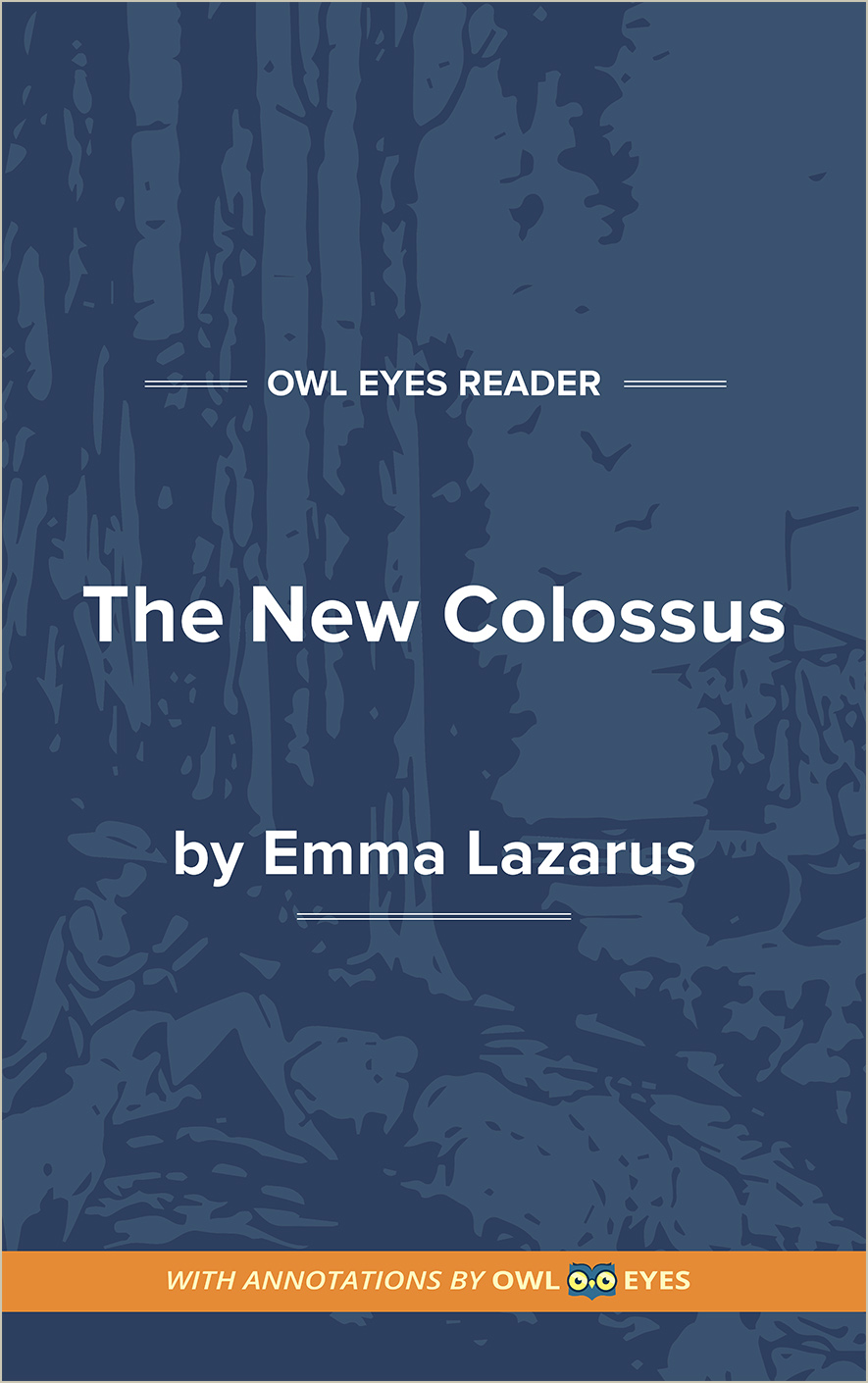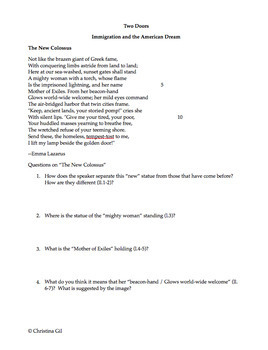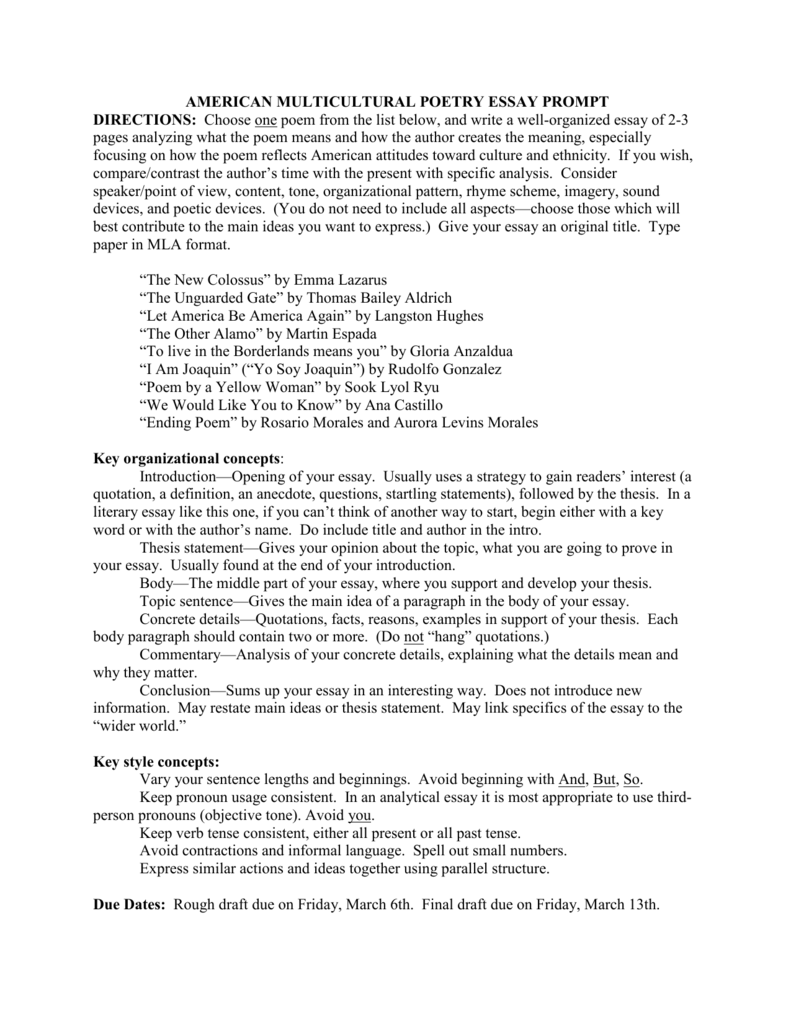"The New Colossus" is a poem written by American poet Emma Lazarus in 1883. The poem was later inscribed on a bronze plaque and mounted inside the pedestal of the Statue of Liberty, which was a gift from the people of France to the United States.
The poem is a sonnet, a type of 14-line poem that originated in Italy and was popularized in England during the Renaissance. The rhyme scheme of the poem is abba abba cdcdcd, which is a traditional sonnet form known as the Petrarchan sonnet.
The title of the poem, "The New Colossus," refers to the Colossus of Rhodes, one of the Seven Wonders of the Ancient World. The original Colossus was a massive statue of the Greek sun god Helios that stood guard over the harbor of the island of Rhodes. In the poem, Lazarus compares the Statue of Liberty to the Colossus of Rhodes, suggesting that the statue is a new symbol of freedom and hope for the world.
The poem begins with the famous lines: "Not like the brazen giant of Greek fame,/With conquering limbs astride from land to land;/Here at our sea-washed, sunset gates shall stand/A mighty woman with a torch, whose flame/Is the imprisoned lightning, and her name/Mother of Exiles." Here, Lazarus describes the Statue of Liberty as a "mighty woman" who stands at the "sunset gates" of America, holding a torch that represents the light of freedom. The "imprisoned lightning" refers to the energy and power of the statue, which is a symbol of hope for all those who seek freedom and a better life.
The poem goes on to describe the Statue of Liberty as a beacon of hope for immigrants and refugees, who come to America seeking a new life. "Keep, ancient lands, your storied pomp!" the poem says. "Give me your tired, your poor,/Your huddled masses yearning to breathe free,/The wretched refuse of your teeming shore." These lines have become some of the most famous and enduring in American literature, and have come to symbolize the welcoming and inclusive nature of the United States.
In the final lines of the poem, Lazarus speaks directly to the Statue of Liberty, asking it to "lift its lamp beside the golden door!" The "golden door" refers to the entrance to America, and the lamp represents the light of freedom and opportunity that the country offers to all who seek it.
In conclusion, "The New Colossus" is a powerful and enduring poem that has come to symbolize the ideals of freedom and opportunity that have long been associated with the United States. Its message of hope and inclusion has resonated with millions of people around the world, and it continues to inspire and guide us as we work to build a more just and compassionate society.
